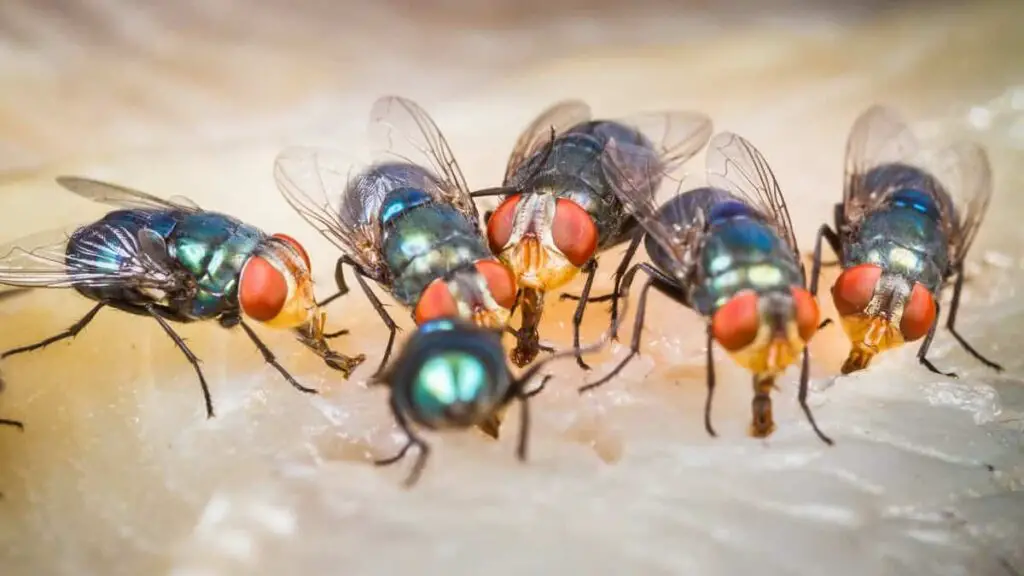
Landing on your food at a barbecue, buzzing around your face whenever you do yard work, zipping through the door after you open it, and flying all over when you are on the patio.
This happens often because the flies are drawn to light, warmth, moisture, and food.
The good news is that you can easily trap them by using a few items found around the home.
It’s annoying when flies are buzzing around your food on your patio, and it can be difficult to get rid of them. If you want a simple solution for getting rid of flies on the patio or outside, read on!
I have compiled a list on How To Get Rid Of Flies In Patio And Outside
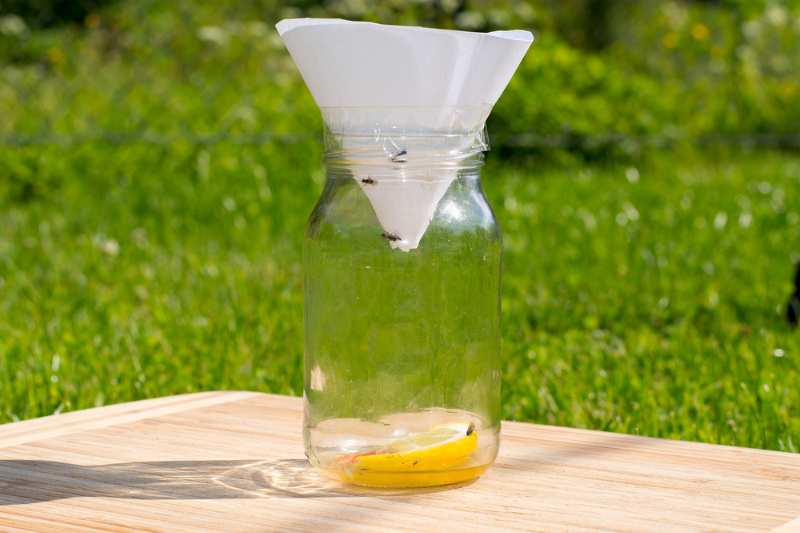
7 Ways to Get Rid of Flies In Your Patio And Outside
There are many ways that you can get rid of flies outside and on your patio. You should never use a flyswatter to try and kill the pesky insects, as it will only cause them to spread their germs all over surfaces in your home.
Read More: 7 Effective Ways to Get Rid of Hoverflies On Patio
Here are some other methods for getting those annoying creatures out of your life:
1. Make A Fly Trap
You can make a DIY flytrap, which is just two plastic cups or containers with holes poked into the bottom large enough for flies to crawl through but not big enough so larger insects will be able to enter.
Fill one container with apple cider vinegar, honey, sugar water (or just regular water), fruit scraps like banana peels, or orange slices.
Put this inside another container upside down so it creates a liquid-tight seal between both containers.
Place these where there aren’t too many people walking by–most likely near garbage cans since that’s what attracts flies in the first place–and voila – you have a fly trap!
2. Spray Vinegar
Spray vinegar and water mixture on windowsills or other areas where you’ve seen them congregate. This can also be used outdoors, which would deter mosquitoes too!
Fill the spray bottle with cider vinegar and water instead of plain white vinegar to help control insects in your outdoor area as well as indoors.
The apple scent will not only scare off bugs but it’ll keep that fresh fragrance throughout your home for weeks at a time!
3. Fly Paper
Strategically place some flypaper in areas where you notice flies landing most often (near windows is a good spot).
They won’t be able to resist taking off with all that tasty sugar goodness. Keep an eye out as this might not kill them but it should keep them from coming back soon enough.
4. Fly Spry
If you need to spray anything, use a natural fly repellant rather than ordinary household cleaners which can be harmful to children or pets if ingested accidentally.
These remedies are usually mixed with water before spraying on surfaces where there may have been flies earlier in order to ward off any stragglers still around at home.
5. Citronella Candles
This is such an easy solution for the problem of pesky insects in your backyard or patio area. You don’t need expensive sprays or other methods of getting rid of bugs.
These little citronella-scented wonders do all the work for you!
They provide their own light source which makes it perfect for summer evenings when you want some ambiance while entertaining guests or just hanging out with friends and family members after dinner time has passed by.
6. Use A Fan
If you’ve got a fly issue, it might be time to invest in a fan. Position the fan(s) so that they are near where the flies congregate and turn on both fans at full power.
When the wind blows, insects fly away in the opposite direction. The sound of a fan can also keep bugs from lingering near food.
If you have an outdoor party and set up an oscillating fan with a long extension cord next to your backyard grill or picnic table, flies will be blown away by gusts and won’t get close to people eating in that area.
7. Fly Strips
You should get rid of them by using fly strips. They are an economical and green alternative to other methods like toxic spray or glue traps that can be harmful to animals, kids, pets, and people.
There is no need for chemicals when all they want is food!
Fly strips work on most species of houseflies including the common fruit fly in kitchens and Fly strips are not expensive, but most importantly they work!
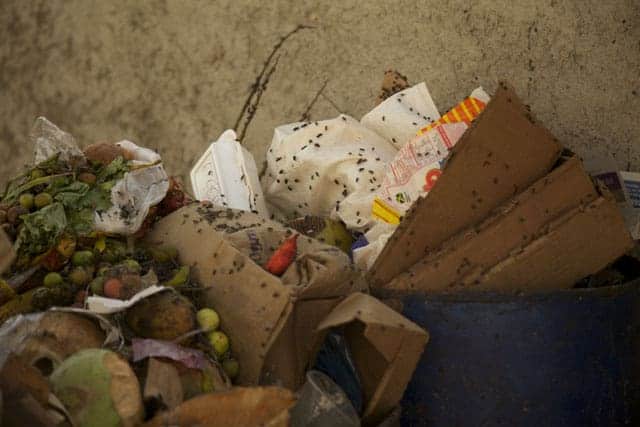
7 Ways To Prevent Flies Returning To You’re Patio And Outside
Flies are a nuisance to any house. They can be the bane of your existence in warmer months, but they also cause havoc in winter by getting into food and other items that should remain fresh until you’re ready to consume them.
You probably have an arsenal of fly traps and sprays at home for different types of flies, but sometimes it’s not enough.
1. Clean Up The Junk
Flies love like dirty places, so cleaning up any trash or garbage around your property will help get rid of them.
Make sure that your garbage is tightly sealed and secure from pests such as these by putting it out only once per week instead of every night when possible.
If you have a compost pile, make sure that it is covered to deter flies from setting up camp there. This will also help prevent the spread of any diseases or bacteria they may carry on their feet.
2. Clean Gutters
Cleaning out gutters once per month is key! Don’t forget about those pesky drainage pipes under your roof!
Flies love dark spaces like these for laying eggs and hiding away during harsher months when food sources aren’t readily available elsewhere (in other words, this means even if it’s freezing outside).
By cleaning out your gutters once per month, you can stop them from being filled up with flies.
3. Fly Repelling Plants
Some plants can repel flies. One such plant is the citronella grass, which releases a fragrance that keeps insects at bay through some of the more persistent varieties might still get through.
Other flies repelling plants include tansy and wormwood, as well as peppermint and lavender; these are common herbs in gardens because they make for fragrant borders where their scent blocks out pests’ odors or masks them with a pleasant aroma.
4. Fly Zapper
Fly Zappers are easy-to-use devices because they don’t require chemicals to make them work. The device itself emits an electrical shock when touched with wings of flying insects so it kills these bugs instantly.
However, some fly zappers may be a little more expensive because they are designed with features to kill mosquitoes and other pesky bugs.
5. Drain Standing Water
Keep yard puddles and other standing water to a minimum so that insects, like flies, don’t have too many places to drink from.
Flies and their eggs can’t survive in areas that are too dry.
This is because flies need moisture to build special protective structures around their eggs, called chorions. Chorion larvae also require a moist environment for growth.
6. Clean Birdfeeders
When backyard birds feast on fruit, it’s entertaining to watch them. Any time you see this, make sure to toss the rinds after they are done eating.
This is the best way to keep fruit flies from coming and going.
7. Keep It Neat
Long grass is a fly’s breeding ground so it’s important to mow your lawn at least weekly during summer when the risk of an infestation is highest.
The high grass in wet clumps offers flies a perfect breeding ground so it’s crucial that you trim these areas and keep them dry as well.
Why are there so many flies on my patio?
Flies like certain things, so they want to be around those things when possible. That includes garbage cans and pet waste (both animal and human).
The heat is also causing more fly populations than usual because it keeps food from rotting quickly in warmer temperatures without needing any water for bacteria growth – which means more places for maggots to grow!
How do I get rid of flies on my patio naturally?
Flies are attracted to your patio because they sense food spills or other waste.
Create a natural fly trap by mixing vinegar and dish soap in a cup, covering it tightly with plastic wrap, and poking holes for the flies to enter.
You can also use cayenne pepper mixed with water to create a spray that will repel flies around outdoor spaces.
You can get rid of flies by cleaning up any offending substances on the ground and in trash cans, using flypaper around garbage bins, setting out traps (such as a bowl half-filled with water with an inverted plastic jar over it), and spraying insecticides targeted at outdoor pests onto surfaces where flies congregate such as windowsills.
What can I spray outside to keep flies away?
Mix a few drops of dish soap and water in a spray bottle with either baking soda or vinegar to create an effective fly repellent.
Conclusion
Insects like flies are pretty common in most homes, but they can be a real nuisance as well.
They can cause health problems for your animals and leave behind droppings that you’ll eventually have to deal with on top of the other messes these pests already create.
There are many ways to prevent them from coming back into your backyard or patio though, so just follow our tips and soon you’ll find yourself without any flies at all!

![What Gravel To Use For Patio Base [Best Options]](https://www.cleverpatio.com/wp-content/uploads/2021/11/What-Gravel-To-Use-For-Patio-Base-270x180.jpg)
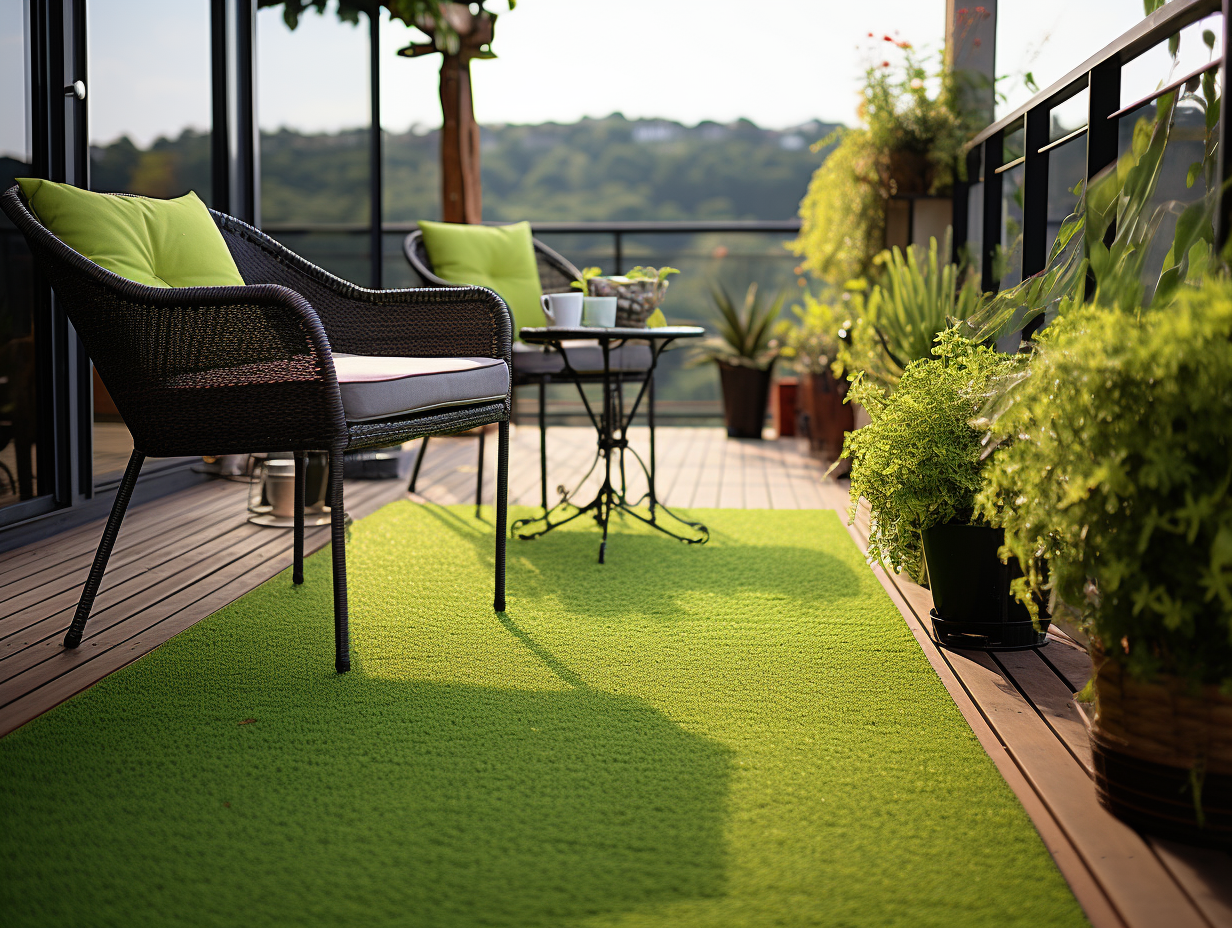
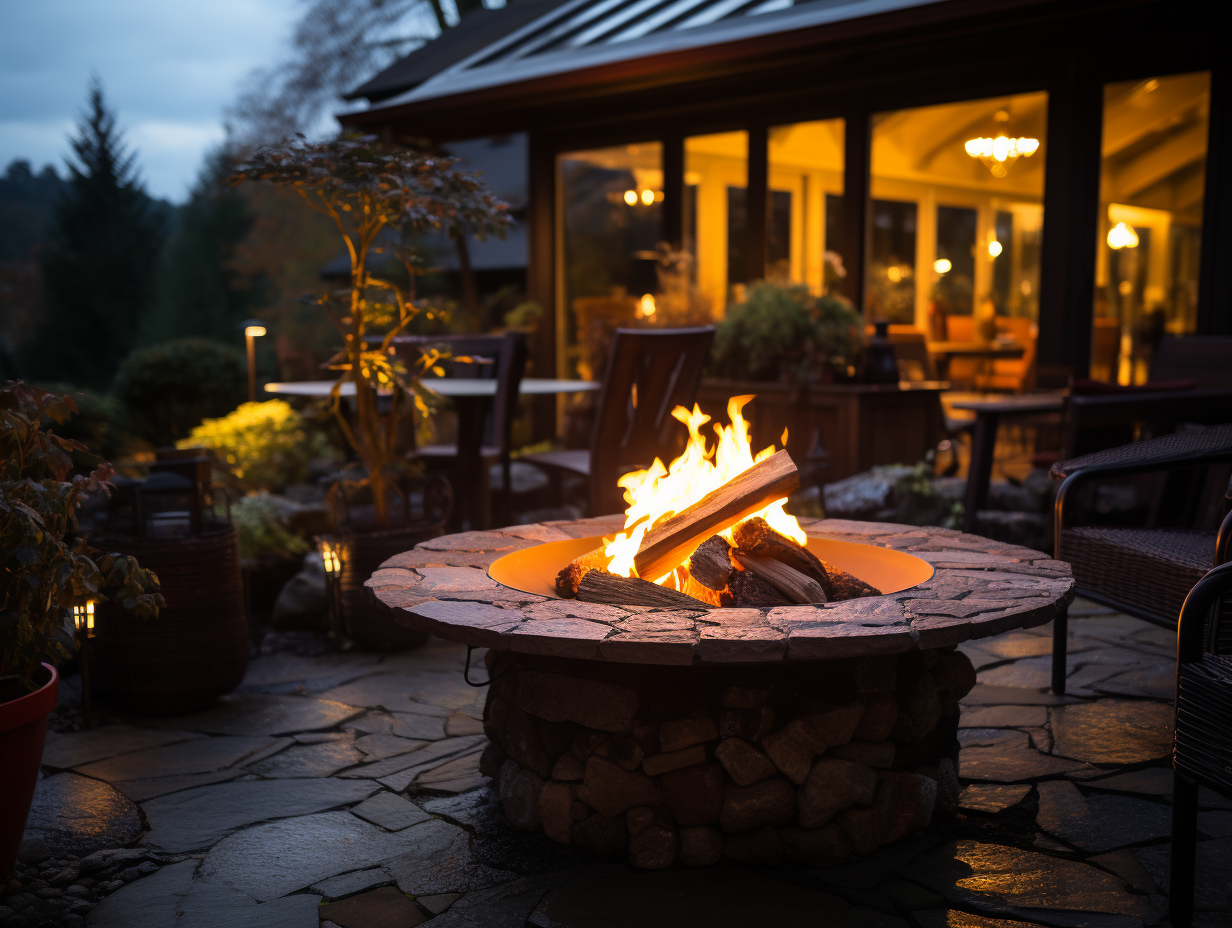
Leave a Reply